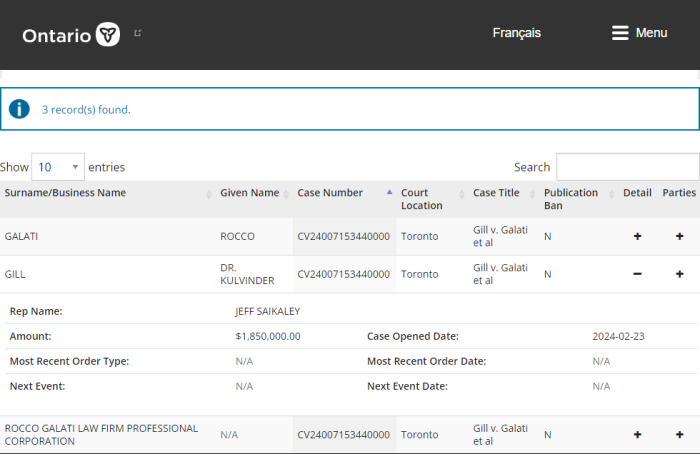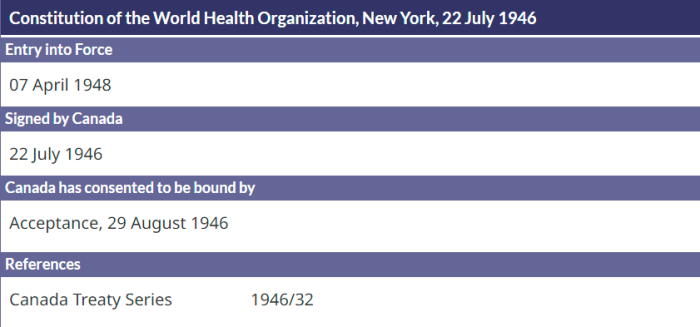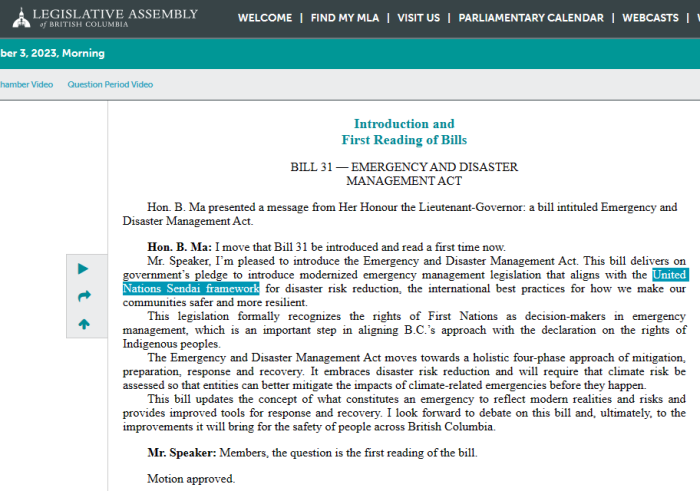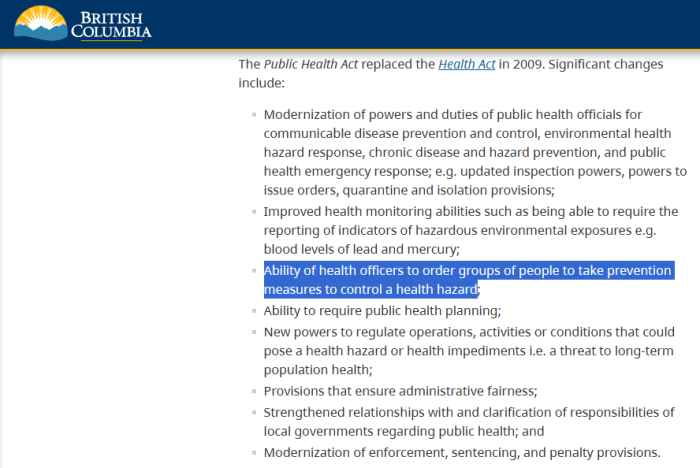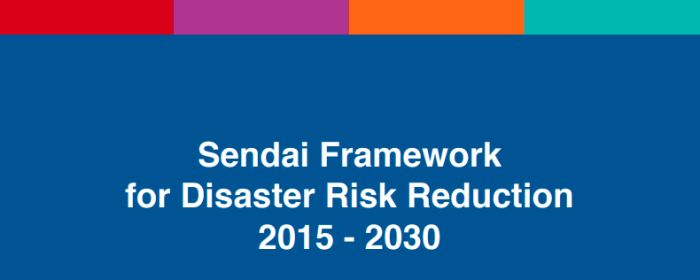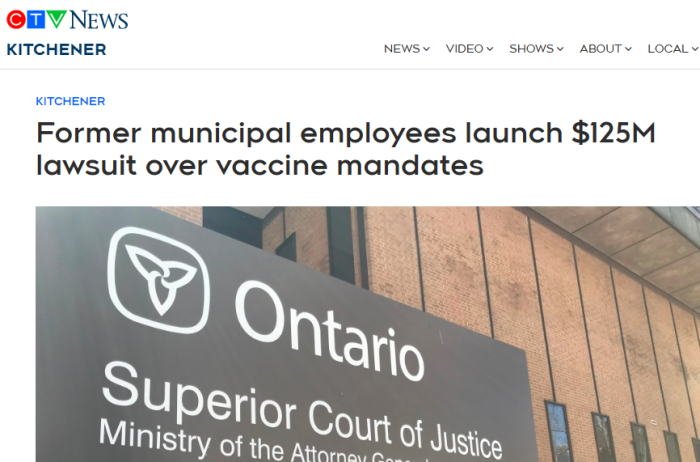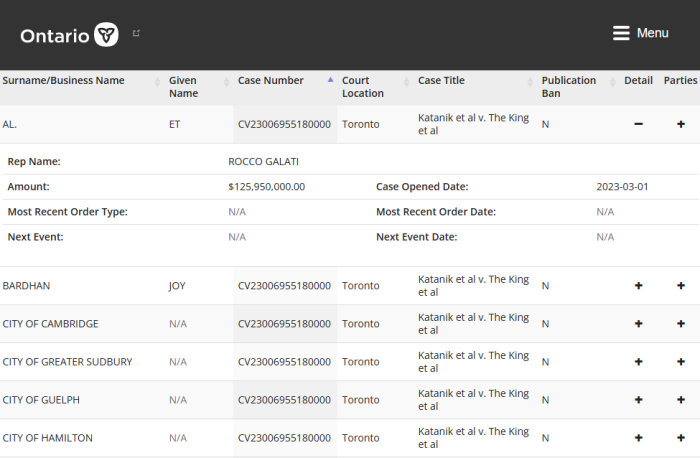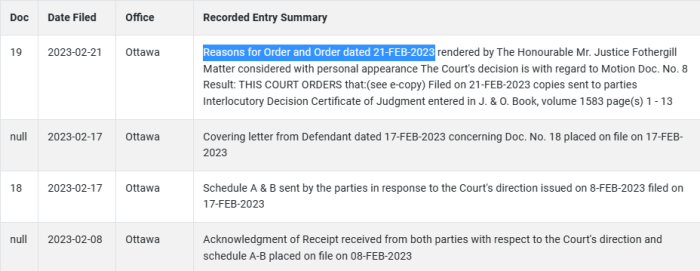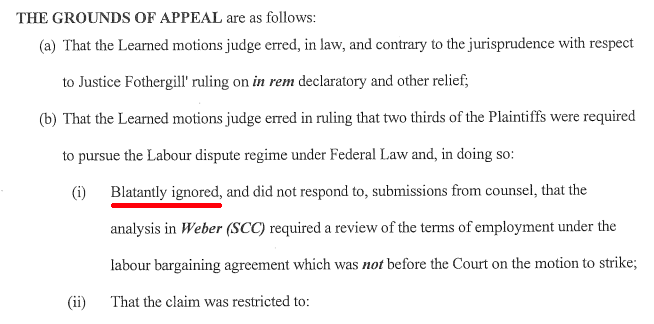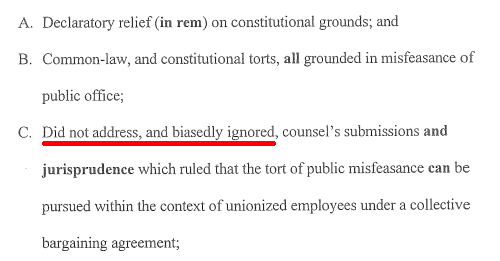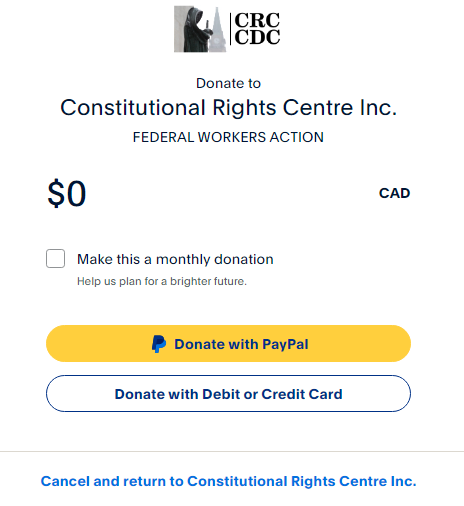
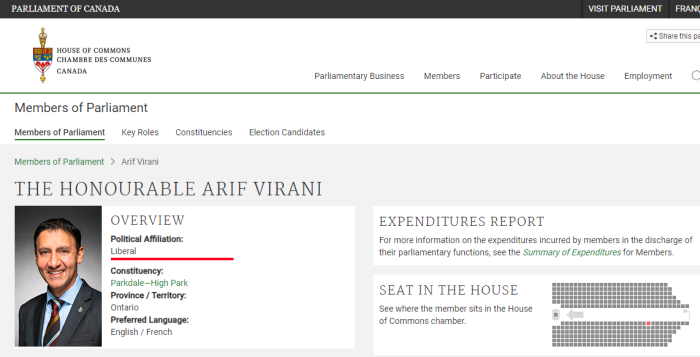
Bill C-63, the Online Harms Act, has been introduced in Parliament by Arif Virani, the Justice Minister. First Reading happened on February 26th, 2024. There’s a lot of it to go through
To begin with, there are actually some worthwhile provisions in the Bill, such as the mandatory reporting of child pornography. No sensible reason would reject that. And there are instances where being able to quickly remove certain content would be in the best interests of society.
Ottawa gives its own summary of the Bill.
However, Bill C-63 seems to blend together straightforward and legitimate issues with ones that are much more vague and impractical. Consequently, it’s harder to simply accept or reject.
There’s also the question of who has been influencing the drafting of this content. That will be addressed a bit later.
The Bill would create a Digital Safety Office of Canada, and an Ombudsman to oversee it. In essence, it would add a new layer of bureaucracy to specifically monitor “digital safety”.
Content that foments hatred is “defined” in this Bill, but is still vague. Additionally, it seeks to be able to attribute specific motivations to expression. What may be valid discourse to some will be considered hate speech to others.
There is a disclaimer that this wouldn’t apply to content solely because it expresses “disdain or dislike or it discredits, humiliates, hurts or offends”. Sounds great, but that also is subjective as well, depending on the views of whoever is interpreting it.
Harmful content in fact lists 7 different categories, and all of them at least somewhat open to interpretation. What can easily happen is that these new laws will be selectively applied, depending on the politics of the people involved.
The Bill would create a new section of the Criminal Code. This is one which a person could lay an information on another, and with the Attorney General’s consent, it could be brought before a Judge. If ordered by that Judge a person may be forced to enter into a recognizance, if a Judge is convinced that hate crime may be committed.
Fear of hate propaganda offence or hate crime
.
810.012 (1) A person may, with the Attorney General’s consent, lay an information before a provincial court judge if the person fears on reasonable grounds that another person will commit
(a) an offence under section 318 or any of subsections 319(1) to (2.1); or
(b) an offence under section 320.1001.
A person could be forced into this recognizance for up to 2 years, or would face 12 months in prison if they refuse. This is similar to being out on bail or on a peace bond, but with no actual crime committed.
Terms of the “recognizance” could include:
(a) Wearing an electronic monitoring device
(b) Return to and remain at their place of residence at specified times, a.k.a. a curfew
(c) Abstaining from drugs and alcohol
(d) Submitting to drug and alcohol testing
(e) No contact orders
(f) Weapons prohibitions
The topper on this one is that a Judge isn’t required to give reasons for this, but is supposed to say why written reasons aren’t included. Again, this is for when some is suspected that they may commit a crime. No actual charges are necessary.
Other changes to the Criminal Code involve Section 318 and 319, which raise the potential imprisonment for incitement to hatred from 2 years to 5 years.
Advocating genocide will also expose a person to a potential life sentence.
The Canadian Human Rights Act would also be amended to include “communication of hate speech”, which is defined as: to communicate or cause to be communicated hate speech by means of the Internet or any other means of telecommunication in a context in which the hate speech is likely to foment detestation or vilification of an individual or group of individuals on the basis of a prohibited ground of discrimination.
But it also is poorly defined, which will likely lead to it being applied in an uneven manner, depending on the politics of those involved.
Section 140 of the Online Harms Act is the “Regulations” part. This is where unnamed and unelected bureaucrats are able to change or interpret provisions of the legislation without any real oversight. Nearly all Acts have such a backdoor, which allows changes to be done behind the scenes.
There is more to Bill C-63, but those are some of the major points.
Now, where did this come from?
Lobbying is a reality in politics. Special interests groups lobby money to get certain agendas pushed, and to get money for their causes. This is hardly news. Searching the Federal Lobbyist Registry, the following names come up:
- Centre for Israel and Jewish Affairs (CIJA)
- National Council of Canadian Muslims (NCCM)
- Women’s Legal Education & Action Fund (LEAF)
- YWCA Canada
- Friends of Canadian Broadcasting
Are there others involved in this? Probably, but these are the names that come up, which appear to be relevant to regulating speech and expression.
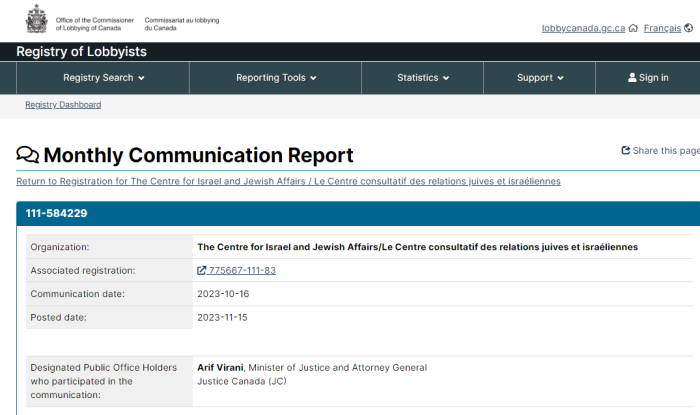
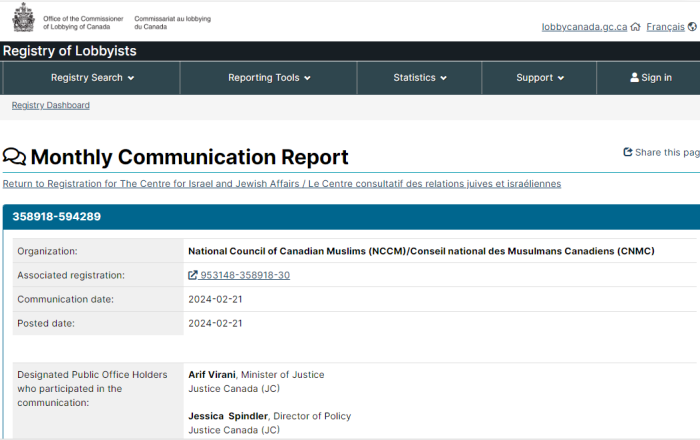
The Centre for Israel and Jewish Affairs, CIJA, has been prolific in lobbying Ottawa for changes to the Human Rights Act, and to the Criminal Code. This group has pushed for stricter definitions around so-called hate crimes and antisemitism. Their recent efforts include making Holocaust denial punishable by prison time, and removing religious protections. See here and here.
The National Council of Canadian Muslims, NCCM, specifically lists Section 13 of the Canadian Rights Act. They want laws against Islamophobia, and condemn “white supremacy”. Other efforts include anti-racism initiatives, such as Diversity, Equity and Inclusion.
Women’s Legal Education & Action Fund, LEAF, had pressured Ottawa to take action against online harassment and gendered violence. The recent lobbying specifically relates to new technologies used to do this.
YWCA Canada supports regulations against online hate, which is taken from a feminist and “gendered violence” perspective.
Friends of Canadian Broadcasting is a bit of an outlier. It wants more financial support for smaller, independent media, while opposing the funding of the CBC. It also pushes for regulations around online hate. Presumably, this would lead to many (much smaller) anti-racist outlets.
And to search online hate more generally, click on this link.
While it’s always important to read upcoming legislation, this piece often gets left out. The groups pushing for changes need to be considered as well. This is especially true if our interests don’t align.
(1) https://www.canada.ca/en/canadian-heritage/services/online-harms.html
(2) https://www.parl.ca/legisinfo/en/bill/44-1/c-63
(3) https://www.ourcommons.ca/Members/en/arif-virani(88910)
(4) https://www.parl.ca/DocumentViewer/en/44-1/bill/C-63/first-reading
(5) https://lobbycanada.gc.ca/app/secure/ocl/lrs/do/advSrch?searchCommand=navigate&time=1709098767406
(6) https://lobbycanada.gc.ca/app/secure/ocl/lrs/do/cmmLgPblcVw?comlogId=584229
(7) https://lobbycanada.gc.ca/app/secure/ocl/lrs/do/vwRg?cno=111®Id=937469
(8) https://lobbycanada.gc.ca/app/secure/ocl/lrs/do/cmmLgPblcVw?comlogId=594289
(9) https://lobbycanada.gc.ca/app/secure/ocl/lrs/do/vwRg?cno=358918®Id=946132
(10) https://lobbycanada.gc.ca/app/secure/ocl/lrs/do/vwRg?cno=362688®Id=941750
(11) https://lobbycanada.gc.ca/app/secure/ocl/lrs/do/vwRg?cno=377298®Id=947241
(12) https://lobbycanada.gc.ca/app/secure/ocl/lrs/do/vwRg?cno=375749®Id=944913
Private Member Bills In Current Session:
(A) Bill C-206: Decriminalizing Self Maiming To Avoid Military Service
(B) Bill C-207: Creating The “Right” To Affordable Housing
(C) Bill C-219: Creating Environmental Bill Of Rights
(D) Bill C-226: Creating A Strategy For Environmental Racism/Justice
(E) Bill C-229: Banning Symbols Of Hate, Without Defining Them
(F) Bill C-235: Building Of A Green Economy In The Prairies
(G) Bill C-245: Entrenching Climate Change Into Canada Infrastructure Bank
(H) Bill C-250: Imposing Prison Time For Holocaust Denial
(I) Bill C-261: Red Flag Laws For “Hate Speech”
(J) Bill C-293: Domestic Implementation Of Int’l Pandemic Treaty
(K) Bill C-312: Development Of National Renewable Energy Strategy
(L) Bill C-315: Amending CPPIB Act Over “Human, Labour, Environmental Rights”
(M) Bill C-367: Removing Religious Exemptions Protecting Against Antisemitism
(N) Bill S-215: Protecting Financial Stability Of Post-Secondary Institutions
(O) Bill S-243: Climate Related Finance Act, Banking Acts
(P) Bill S-248: Removing Final Consent For Euthanasia
(Q) Bill S-257: Protecting Political Belief Or Activity As Human Rights

